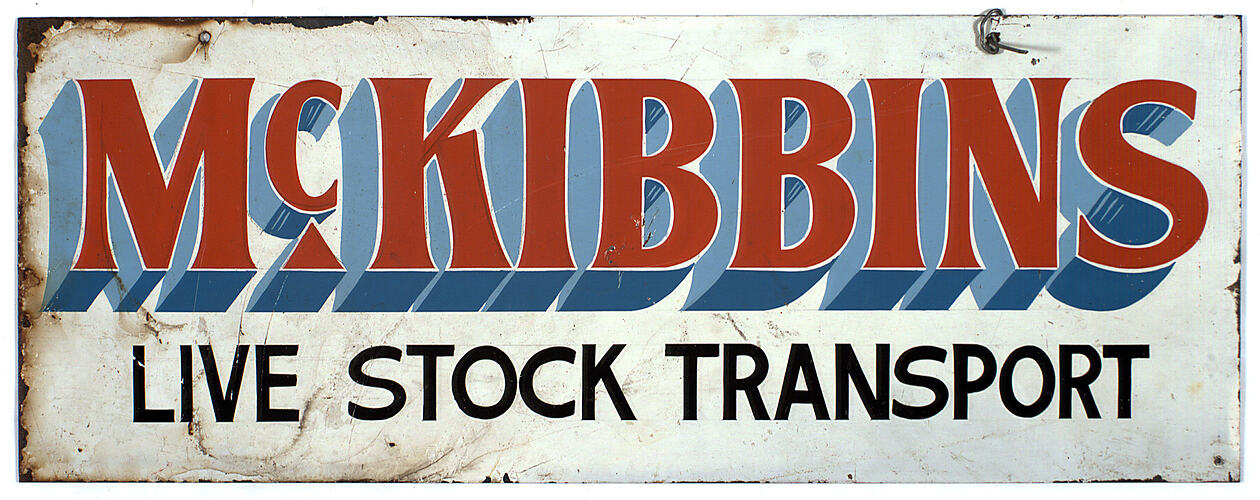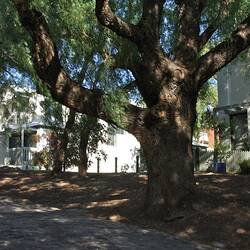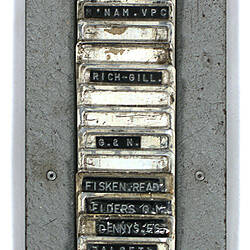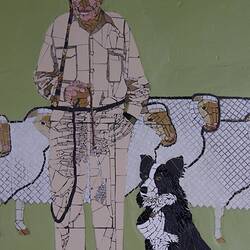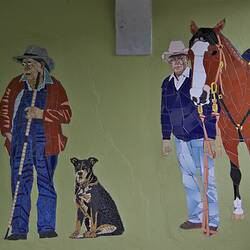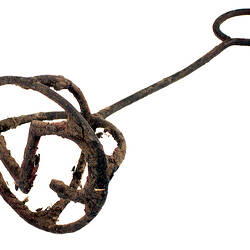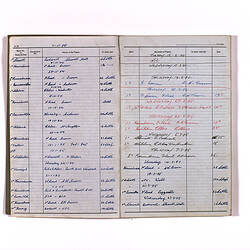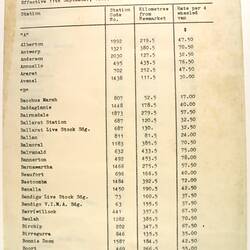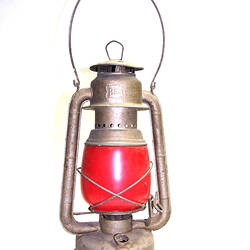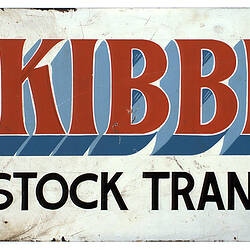The Essendon Railway Co. made history in 1861 when it was responsible for the first delivery of sheep to the Newmarket Saleyards. The sheep came overland from the western district of Victoria to Geelong, and were then taken by train to the yards.
By the early 1900s the majority of stock transported to Newmarket was by rail. Trains would run down almost to Kensington station and then have to back up into the Saleyard rail siding where they would be unloaded one at a time. As soon as one was unloaded, another would arrive. Sheep were generally acknowledged to be the most difficult to unload, while cattle were generally considered fairly easy. Newmarket was to become Australia's busiest railway livestock receiving and despatch terminal. Cattle, sheep, lambs, horses, goats, donkeys, mules, pigs, and even circus animals were loaded in and out of freight wagons at Newmarket.
In the 1940s and 1950s three shifts of railway gangs operated around the clock, unloading livestock at Newmarket. Each shift had three or four gangs, with six men per gang as well as one man to check the weigh bills for consignment numbers, and another to check stock out. A drover's room was located next to the railway office where the drovers could wait until the railway clerks passed consignment dockets showing the number of stock consigned to their care. Over time, the mode of stock transport changed and by the 1950s approximately 60% of stock transported to Newmarket came by road. In the 1980s virtually all stock (99.5%) was transported to and from the saleyards by road. The changing face of transport and decentralisation of livestock markets gradually reduced the stock rail transportation system to a thing of the past.
References:
http://home.vicnet.net.au/~flemweb/localhistory_newmarket.html
Vincent, K. 1992, On the fall of the hammer : a personal history of Newmarket saleyards, Lee White ed, State Library of Victoria, Melbourne.
More Information
-
Keywords
-
Authors
-
Article types
